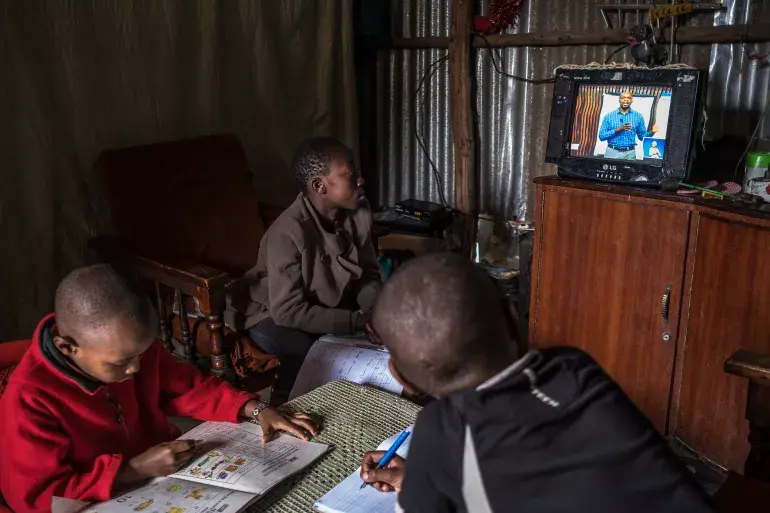Digital Literacy in Numbers
The digital divide isn’t just about devices, it’s about opportunity. Students who lack exposure to digital tools fall behind not because of ability, but because of access. Codex exists to level the playing field, giving every student the chance to build tech confidence while mastering traditional subjects.


48 M
48 million, or One-Third of U.S. Workers Lack Foundational Digital Skills.
(Source)
92%
92% of U.S. Jobs Require Digital Skills, with 47% demanding at least one definitely digital skill (like Python or Salesforce) and 45% requiring a likely digital skill (tasks often done digitally, such as bookkeeping)
(Source)
2/3
Globally, 2 in 3 School-Age Children Lack Home Internet Access
(Source)
55%
Only 55% of EU Adults Have Basic Digital Skills, Globally, Only 40% of People Are Digitally Literate. (Source)

Cause & Vision
Why I made Codex:
I created Codex to address one of the biggest gaps in education today: the digital divide. Too often, students learn core subjects without gaining the digital literacy they need to succeed in today’s world. Codex was designed to solve this problem.
By letting educators and creators add any project or lesson plan, Codex automatically suggests ways to integrate digital literacy and tech skills organically. It’s not an extra assignment, it’s part of the lesson flow.
This means students don’t just learn the subject matter; they also develop the skills that prepare them for the future from critical thinking with AI to basic coding, cybersecurity awareness, and digital creativity.
The goal was to ensure that facilitators had a way to supplement their teaching without a huge additional lift on their end. With the excessive amount of prep, lesson planning, grading and all the other hundreds of hats teachers wear, I wanted to be sure that Codex could easily integrate into the content they were already building out. And in scaffolding their existing content with these skills, they make things a bit easier down the road by not having to spend extra time familiarizing students with the digital environments they may come across later in the year.
